She slept with a racket under her pillow growing up in Chile and became a national hero when she won the US Open in 1937.
Anita Lizana then started a new chapter of her life when she married tennis player Ronald Taylor Ellis the following year and moved to Dundee.
The Second World War and the birth of her children ended her career as a top player but she still managed to serve up a series of wins for her adopted city.
She would eventually retire to Broughty Ferry and when she returned home to visit Chile in the 1970s the Pinochet-led dictatorship rolled out the red carpet!
In 2015 the main court of the national tennis stadium in Santiago was named after her.
Who was Anita Lizana?
Anita grew up in a tennis family where she and her five brothers were playing with balls and rackets before they were even out of nappies!
By the age of 10 she was already winning tournaments including the children’s tournament at Club Santiago and the National Championship.
In Chile there was nobody that could touch her.
But could she do it on the world stage?
Anita Lizana was first launched into fame when she won the US Championships in 1937.
She beat Poland’s Jadwija Jerdzejowska 6-4, 6-2.
Overcome with exhaustion on account of the sweltering heat, Lizana fainted after the match and had to be carried from the stadium.
At just five feet tall, we can’t imagine it was much of a struggle for them!
After her win at the US Championships, Lizana became the number one ranked female tennis player in the world.
Some would’ve moved to London, the US, somewhere fitting of her glamorous new status.
But not long after her win, Lizana met Dundee tennis player Ronald Ellis at the Scottish Championships in Peebles.
Ronald Ellis attended Dundee High School and won the junior plate at Wimbledon.
One of the best tennis players in the city, he was a regular winner of men’s and mixed doubles.
He was also the manager of his family’s coal business, Taylor Brothers Ltd.
Shortly after their meeting, Lizana and Ellis were reported to have attended the Games Club in Broughty Ferry for an “informal” round of doubles.
Soon the two were engaged and began facing down opponents as the city’s fiercest doubles team.
At the time, Lizana was reported saying how much she looked forward to settling down in Dundee.
She said: “I very much enjoyed my stay in Dundee recently; I love living here.
“This country reminds me of home.”
In July 1937 Lizana and Ellis appeared at the Invergowrie Club courts to captivate a local crowd of 300.
Their game of doubles was due to start at 7.30pm, but long before 7pm every available seat on the courts was occupied.
Many spectators were left using the wall at the road as a grandstand.
Even the bowlers on the neighbouring green forgot their game!
Game, set, match!
It was doubtful that such a fast game of tennis had ever been played on a local court before.
Ellis, apparently upset by the presence of the crowd, lost the first set 6-3.
They warmed up in the second round and the powerful backhand of the Chilean champion was seen at its best.
The duo managed to level the playing field, and the game ended in a tie.
But when would Lizana and Ellis be wed?
Lizana shared the news of her engagement with her family, as well as her desire to move to Dundee.
They agreed – providing she won at Wimbledon!
With the Wimbledon win as yet undetermined, Lizana and Ellis wed regardless.
The wedding was a glamorous affair with no shortage of star-studded guests.
In a Spanish gown of pale pink satin, Lizana walked up the aisle without any flowers, which were forbidden at a Roman Catholic wedding.
Once Father Casanova, the Spanish priest, declared them husband and wife, they could move on to more important things – like cutting their tennis-racket shaped wedding cake!
After their marriage, Ellis built a house for his family in Dundee’s West End.
He named it after the venue where Lizana had made her name at the US Championships: Forest Hills.
In 1940, two years after their wedding, they had their first daughter, and their second was born in a Dundee nursing home.
Lizana did return to compete once more at Wimbledon in 1946 as the reigning Scottish champion.
However, she was knocked out in the second round.
Her confidence knocked, Lizana returned to Dundee and to her family.
Although she won more local titles and continued to play mixed doubles with her husband, the height of her career was over.
From player to coach
While no longer a serious competitor, Lizana continued to coach tennis into her later years.
Based out of the drill hall in Arbroath, she made a makeshift tennis court for her pupils out of canvas mats.
Shortly after, Lizana, Ellis, and their family moved to Broughty Ferry.
Their home on Seafield Road was where Lizana spent most of her time – when she wasn’t learning how to play golf!
She later became a single-figure handicapper from her time on the Broughty Ferry links.
In 1970, Lizana and Ellis were invited to attend the 33rd South American Tennis Championships.
Lizana received a celebrity’s welcome in her home country, being driven through the streets of Santiago in the President’s open-top limousine!
A police escort took them to the city’s World Cup football stadium, where Lizana was awarded the Chilean Sportswoman of the Year award.
They shared their return flight back to Scotland with the Duke of Edinburgh!
Anita Lizana la más grande. pic.twitter.com/09KAvpDx6a
— Anuario Nueva Kultura (@PazPinter) June 27, 2022
In 1978 Ellis suffered a heart attack while in their Broughty Ferry home and died suddenly at the age of 63.
Lizana’s native Chile wanted her to return to her homeland.
However, much like Ellis, Dundee had won her heart.
She stayed in Courier country, playing on the Broughty Ferry courts, until she was diagnosed with cancer.
Following a major operation in 1993, Lizana was reported to be making good progress.
However, the illness returned in 1994.
Her last few months were spent living with her eldest daughter, Ruth, in Surrey.
She died aged 78, and her ashes were brought home to Dundee to be scattered next to her husband’s in the city they both loved.
She remains a part of the city and its history and will be so forevermore.
More like this:
Alain Baxter: The Scot who won and lost an Olympic skiing medal but remains ‘a champion’
George Reid: The ice hockey hero who fired Dundee Rockets to dizzying heights
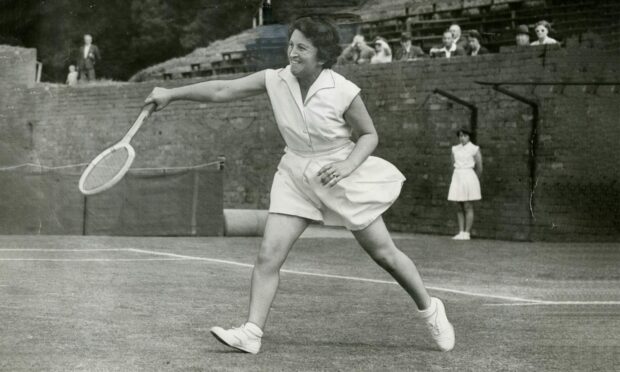
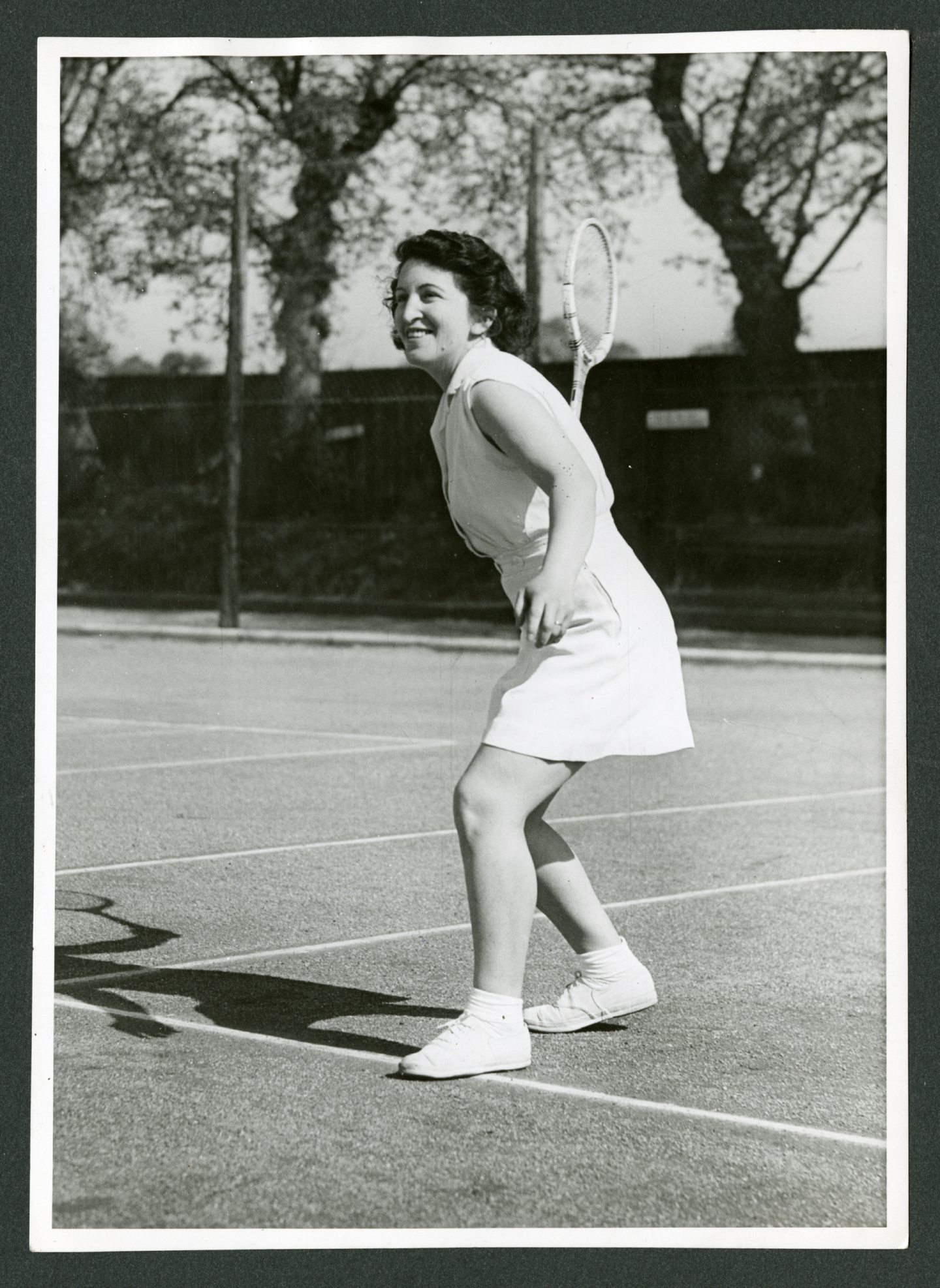
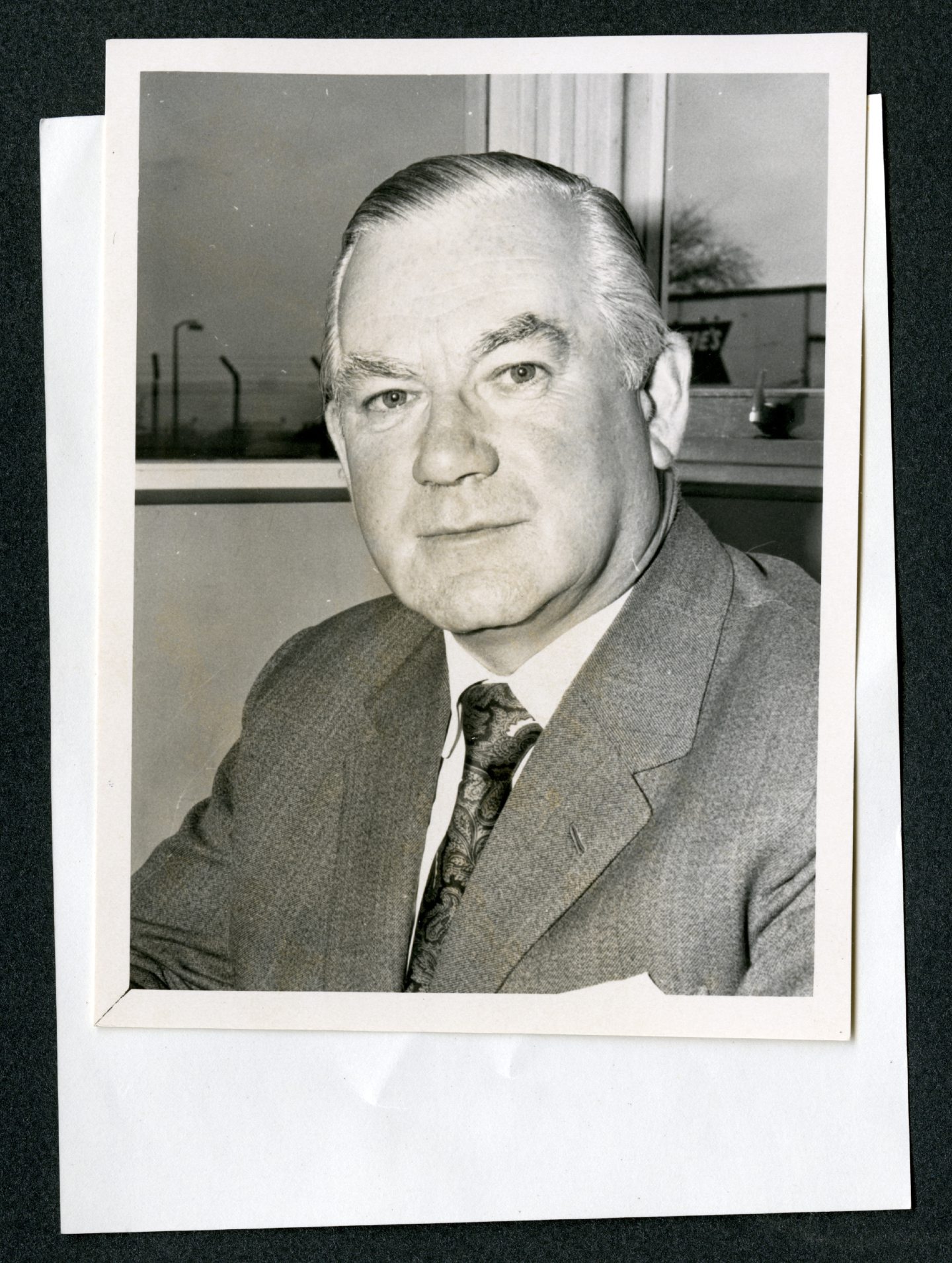
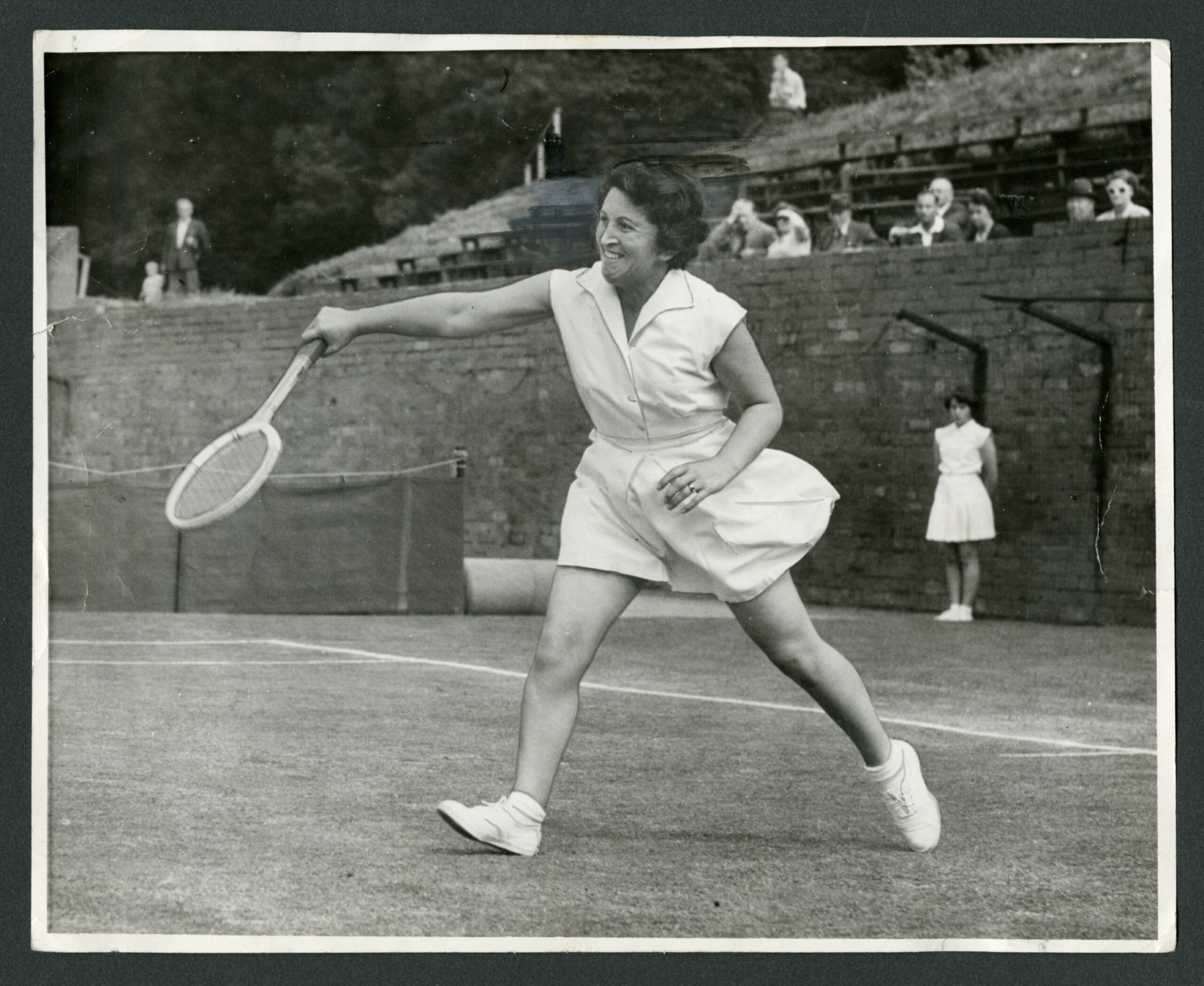
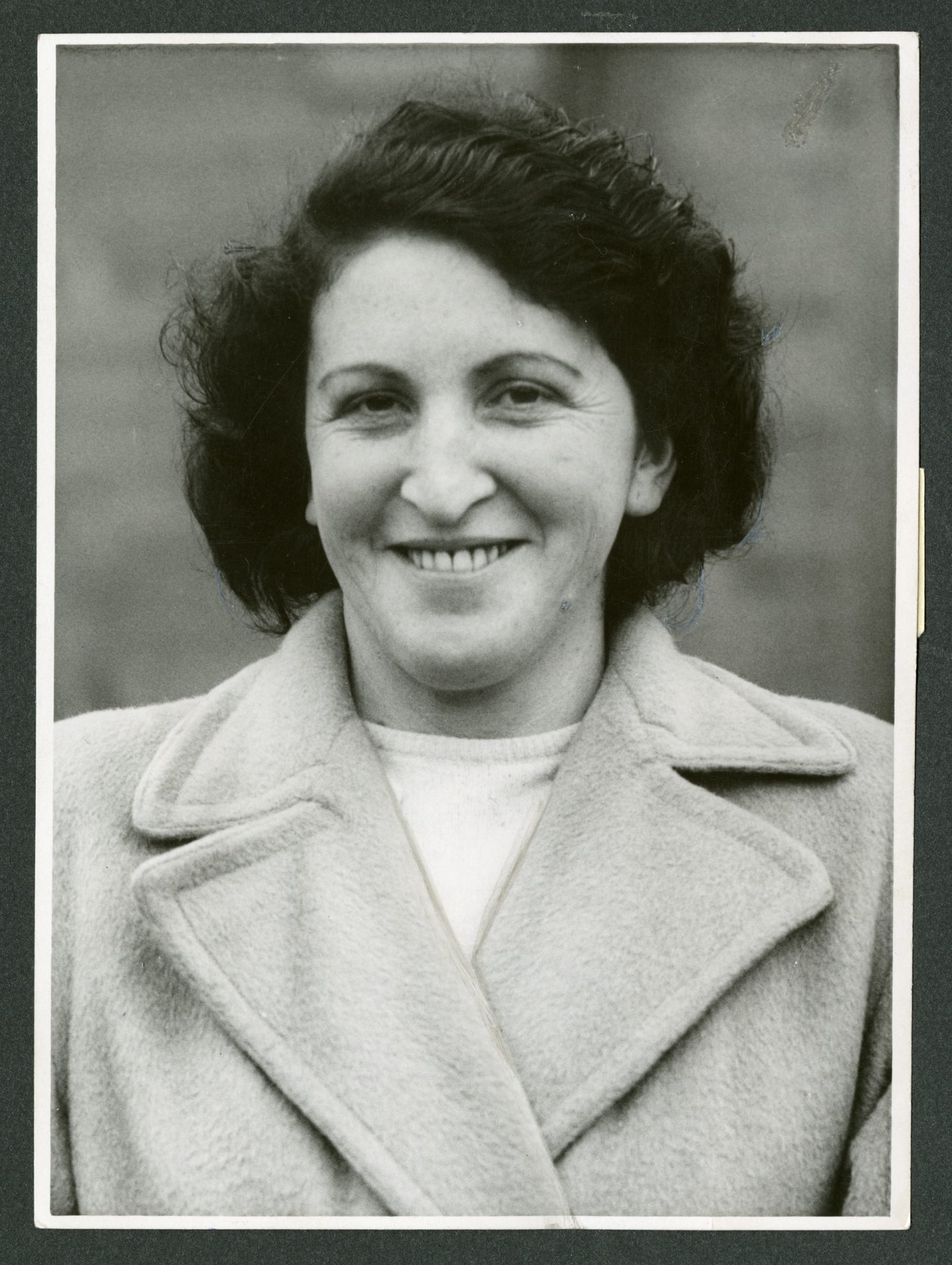
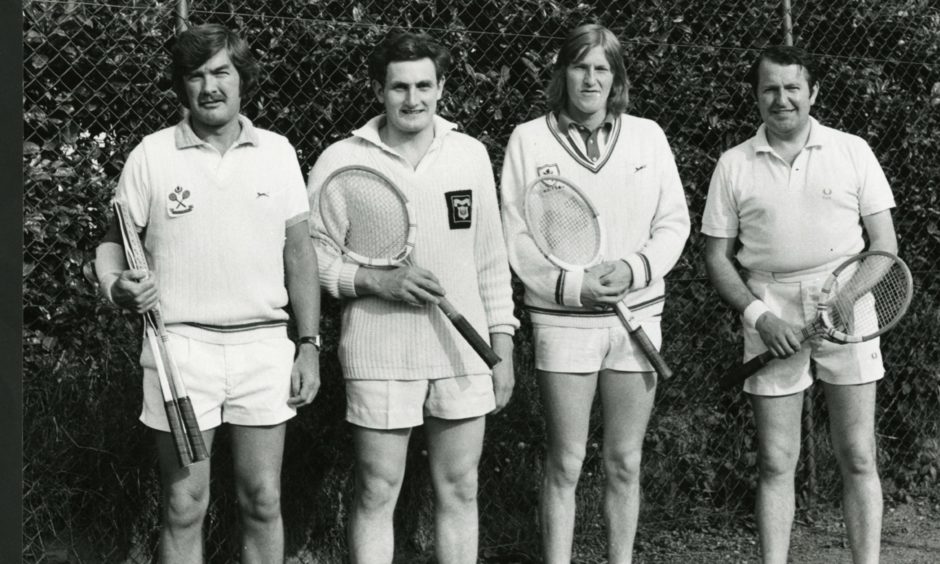
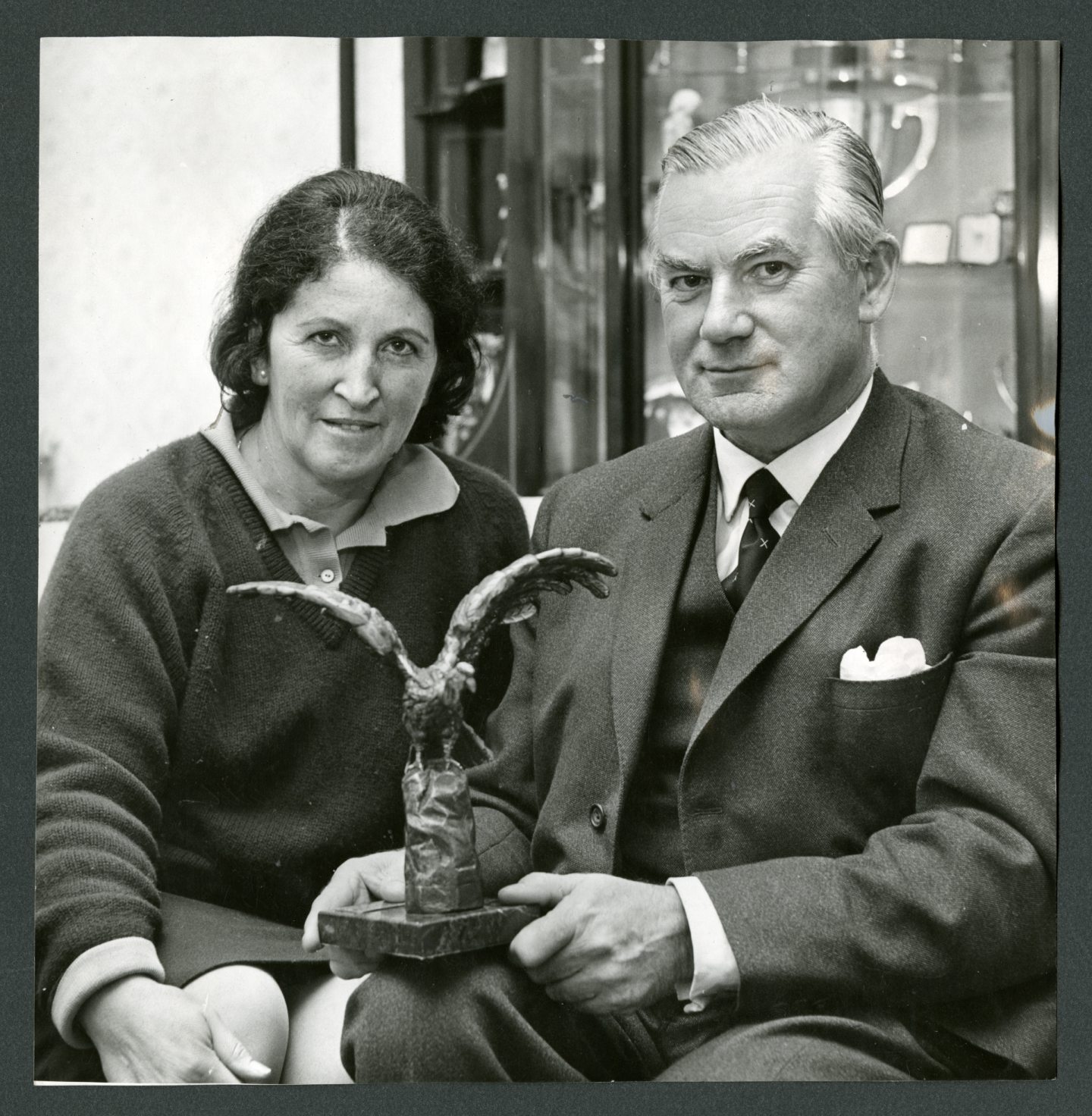
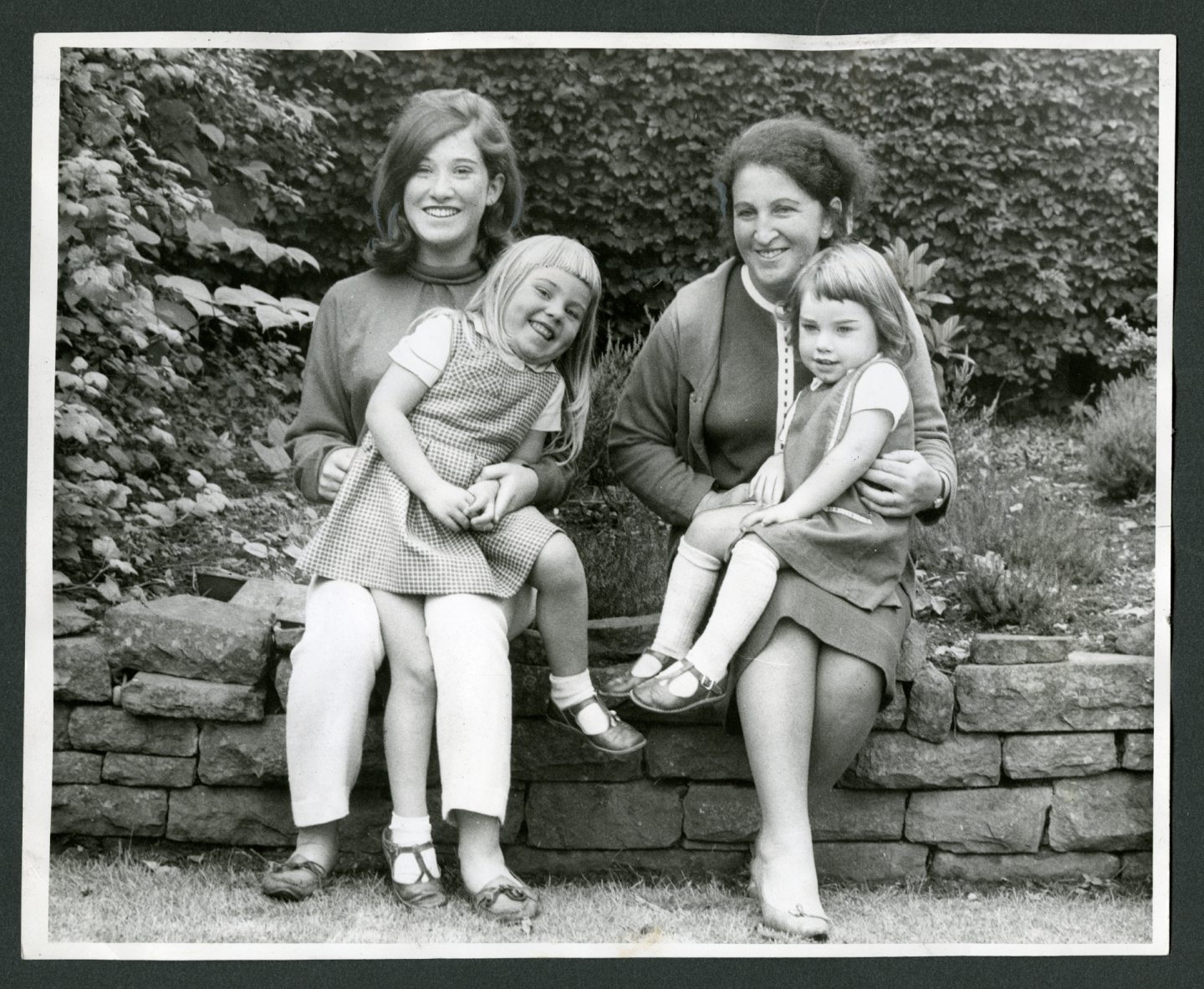
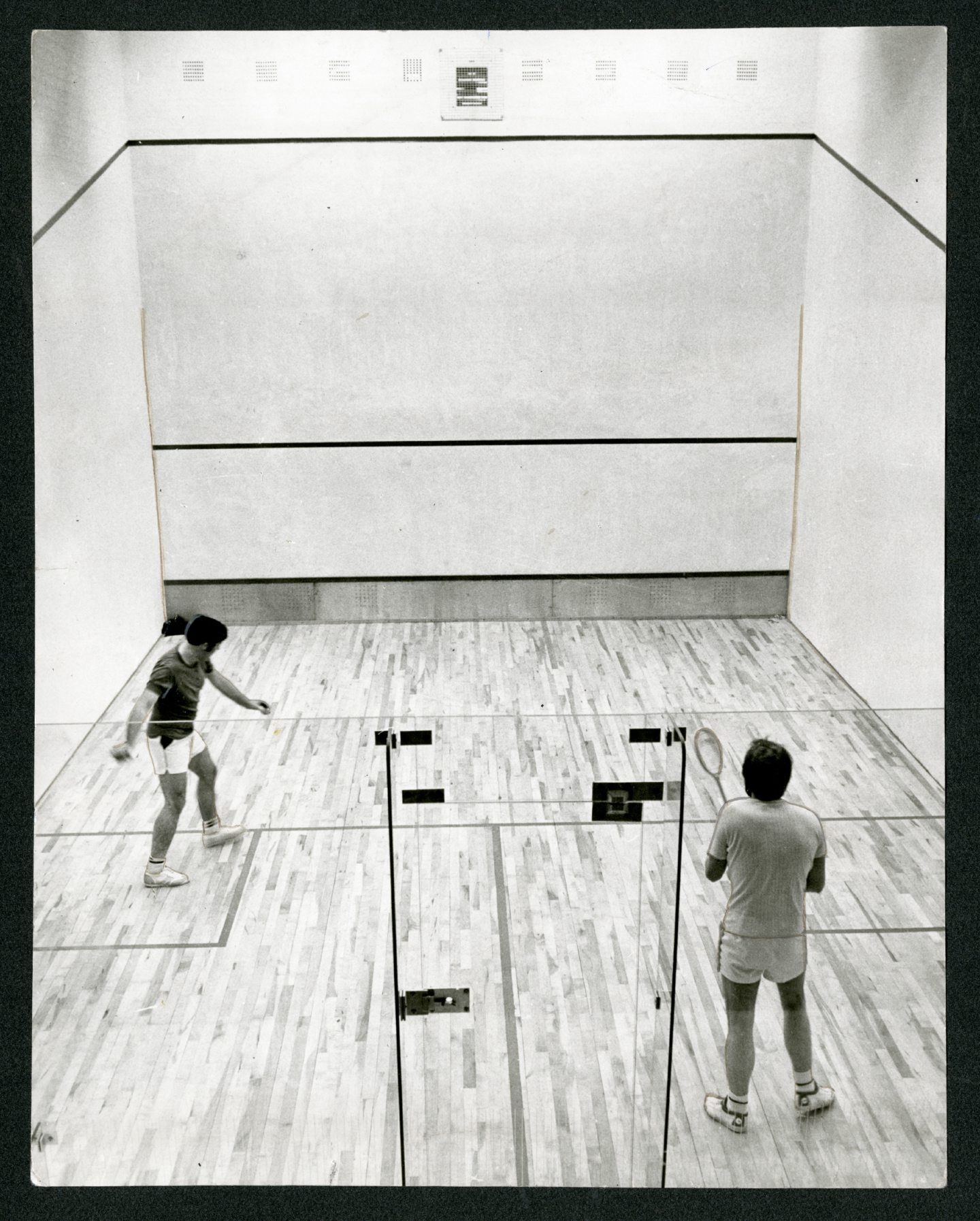
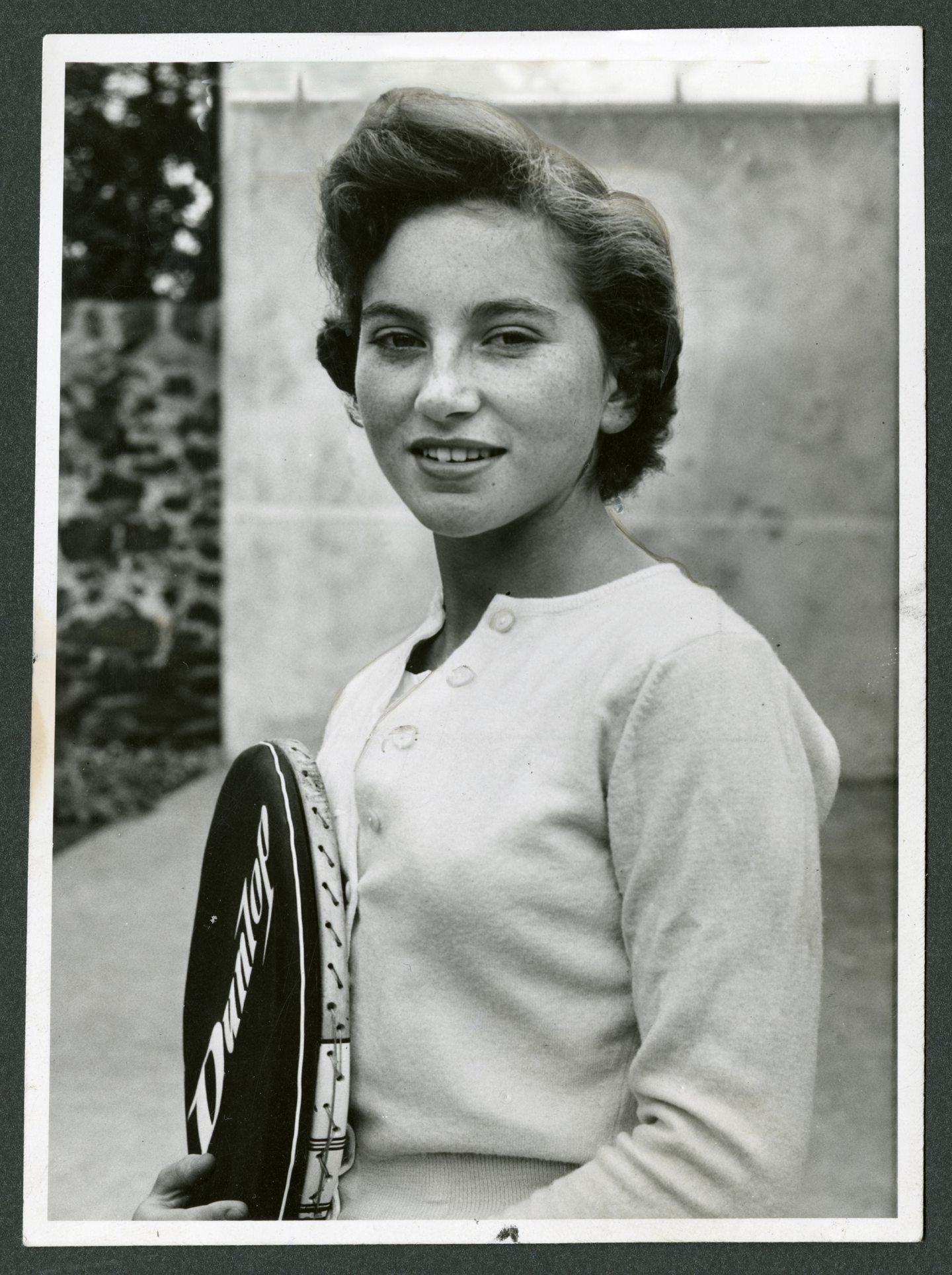
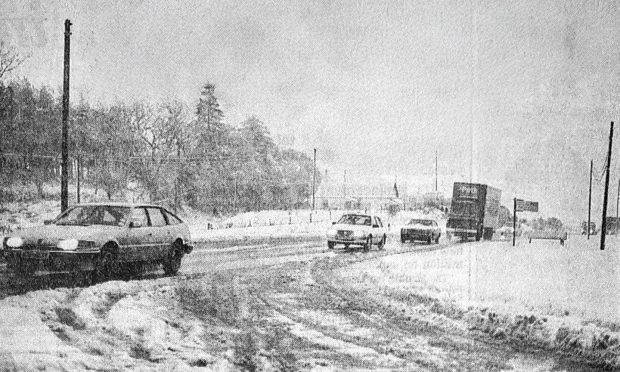


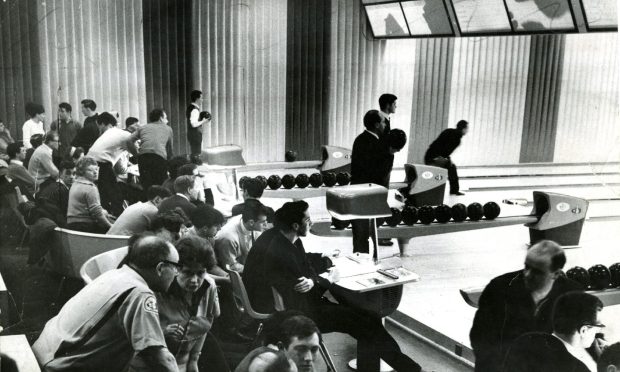
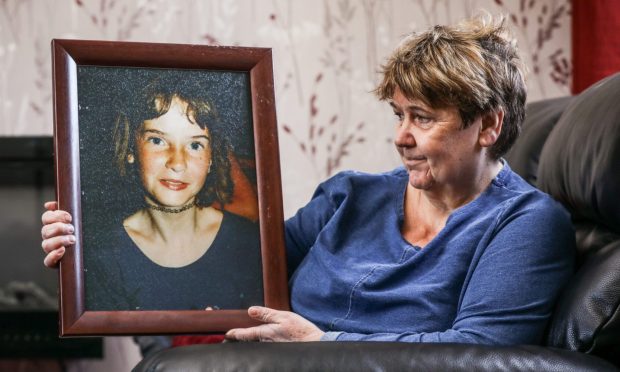
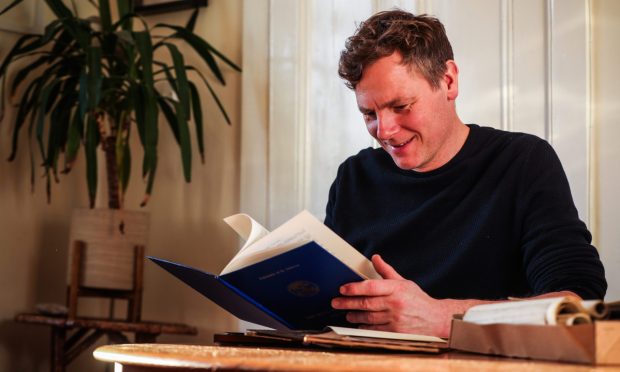
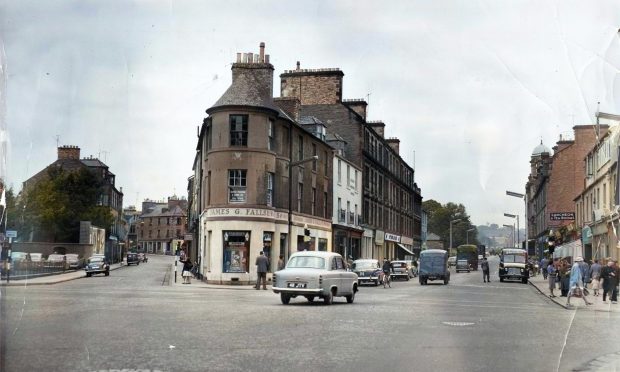
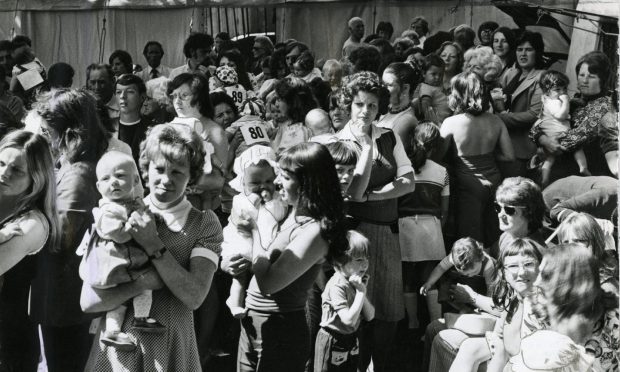
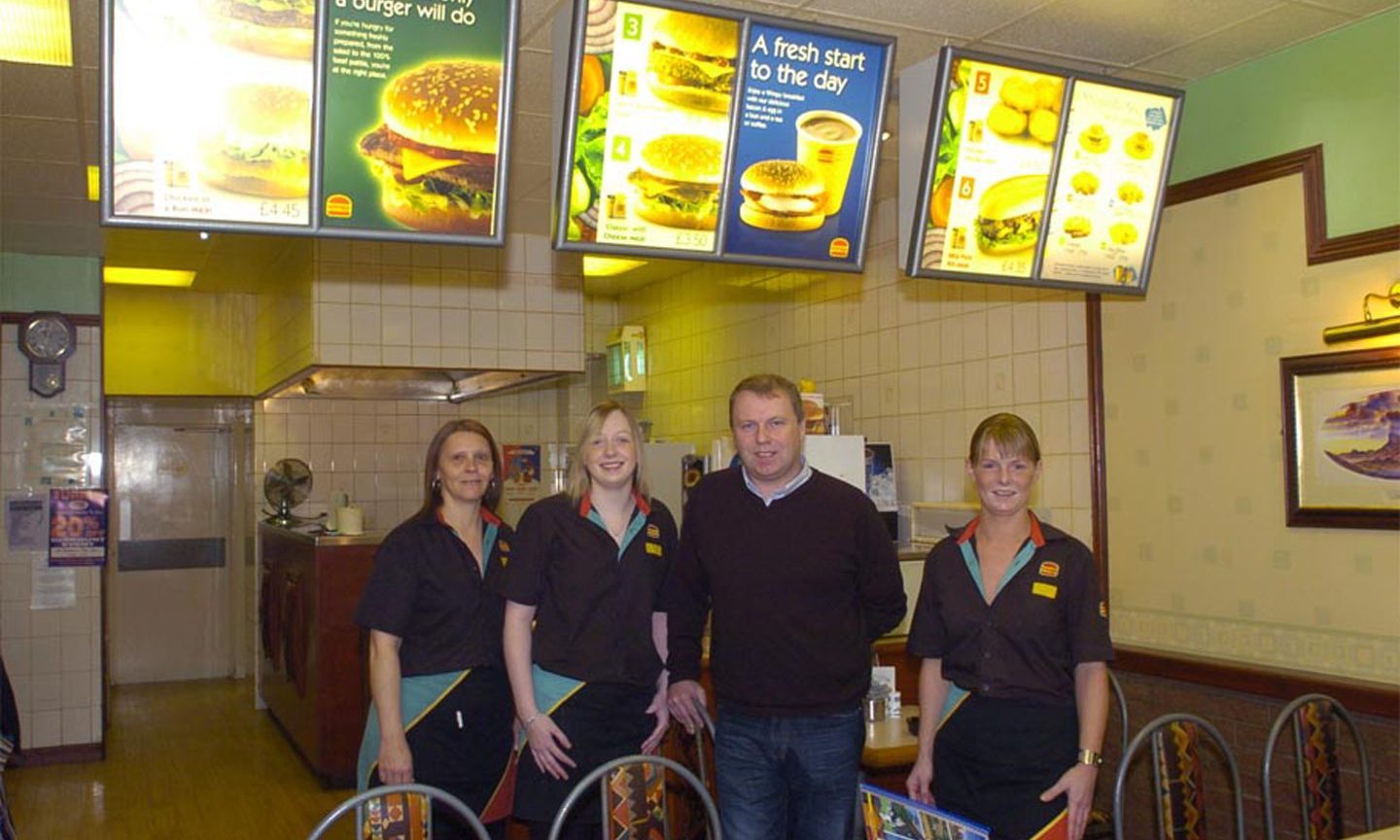

Conversation